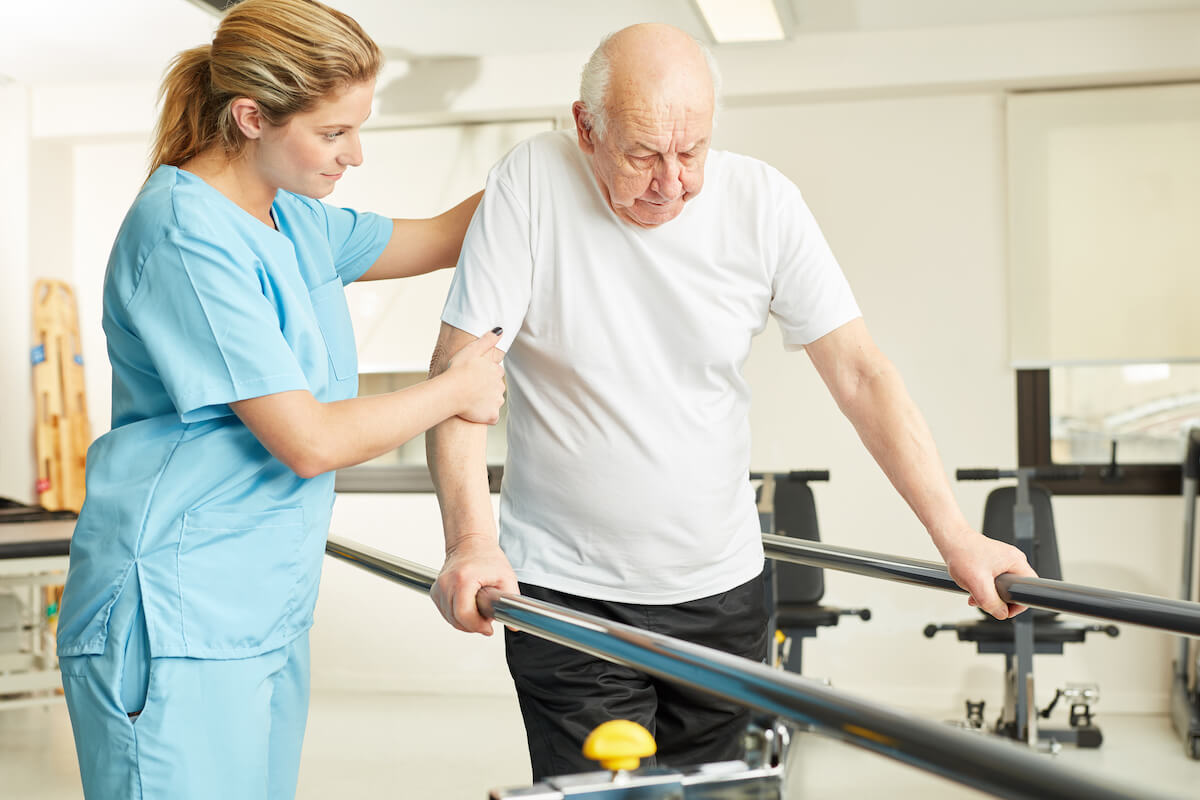The journey to recovery doesn’t end when a hospital stay does. Whether your family member is healing from a surgery, illness, or injury, the transition to post-acute care rehabilitation marks a critical step in regaining strength and independence.
This shift can bring uncertainty—new routines, different surroundings, and the challenge of rehabilitation itself, and your support can make all the difference. Encouragement, reassurance, and an active role in care plans can help ease your family member’s adjustment and set the stage for a smoother recovery. Understanding what to expect and how to provide meaningful support ensures that your relative feels confident, comfortable, and motivated during this important stage of healing.
What Is Post-Acute Care Rehabilitation?
Post-acute care rehabilitation provides specialized medical and therapeutic support to help individuals recover after a hospital stay. This type of care is designed for those who need additional time and treatment before safely returning home. It often includes:
- Physical therapy to rebuild strength, balance, and mobility
- Occupational therapy to restore independence in daily tasks
- Speech therapy for individuals recovering from stroke or neurological conditions
- Skilled nursing care for medication management, wound care, and monitoring of chronic conditions
Unlike a hospital setting, post-acute care rehabilitation focuses on long-term recovery goals—helping individuals regain functionality and confidence while receiving the medical support they need.
How to Ease the Transition for Your Family Member
Adjusting to a rehabilitation setting takes time. Many individuals may feel uncertain, frustrated, or anxious about the change, especially if they are eager to return home. Your role as a supportive family member can help ease this transition and encourage a positive outlook on recovery.
1. Help Set Realistic Expectations
Recovery is a process, and progress may not always be immediate. Encourage your family member to focus on small milestones and celebrate every achievement along the way. If they express frustration, remind them that rehabilitation is about building strength over time.
2. Stay Engaged in Their Care
Your involvement in their care plan can provide reassurance and motivation. Ask their care team about therapy goals, daily schedules, and progress updates so you can help track their recovery. Attending therapy sessions, if permitted, allows you to learn techniques that can continue at home after discharge.
3. Make Their New Environment Feel Familiar
A new setting can feel unfamiliar and impersonal at first. Bringing personal items like favorite blankets, framed photos, or a familiar pillow can make the space feel more comfortable. These small touches help create a sense of home and reduce feelings of displacement.
4. Keep Their Spirits High
Emotional well-being plays a significant role in physical recovery. Regular visits, encouraging words, and engaging conversations can help maintain a positive mindset. Encourage social interaction with fellow residents or participation in group activities to prevent feelings of isolation.
Supporting a family member during rehabilitation can feel like a big responsibility, but you don’t have to navigate it alone. CareOne’s expert team is here to provide guidance, reassurance, and compassionate care every step of the way. If you have questions about post-acute care and how to best support your family member, reach out to learn more about how we can help.
Preparing for a Smooth Transition Home
The transition home is just as important as the transition into rehabilitation. Proper planning ensures a safe, successful return to daily life while maintaining recovery progress.
1. Review the Discharge Plan
Before your family member leaves rehabilitation, work with the care team to review any new medications, follow-up appointments, and home modifications that may be needed. Understanding their ongoing care plan will help prevent setbacks.
2. Make Necessary Home Adjustments
Depending on their condition, certain modifications may be needed to make home life safer and more accessible. This could include:
- Installing grab bars in the bathroom
- Ensuring furniture is arranged for easy mobility
- Securing rugs or loose flooring to prevent falls
- Setting up a designated area for therapy exercises
3. Arrange for Continued Therapy
Rehabilitation shouldn’t stop after leaving post-acute care. Many individuals benefit from outpatient therapy or at-home exercises to continue building strength and independence. Encouraging consistent follow-through can improve long-term outcomes.
4. Provide Emotional and Practical Support
Adjusting back to home life can bring mixed emotions. Some individuals may feel relieved to be home but nervous about their abilities. Offering emotional support, helping with daily tasks, and maintaining regular check-ins can provide reassurance as they regain independence.
Your Trusted Partner in Recovery
The transition to post-acute care rehabilitation is an important step toward regaining strength, mobility, and confidence. With the right support, individuals can make meaningful progress and return to their daily lives safely and successfully.
At CareOne, we are committed to providing expert, compassionate rehabilitation that helps individuals heal in a comfortable and encouraging environment. Wherever you are in the recovery journey, our team is here to support you and your family every step of the way.
To learn more about how CareOne’s post-acute care rehabilitation can help, reach out today.
